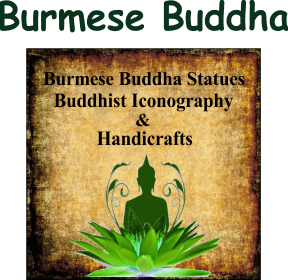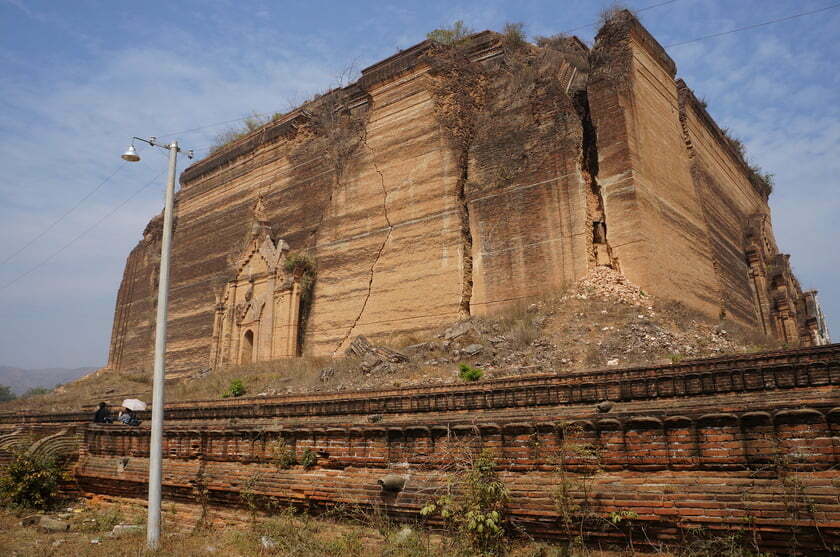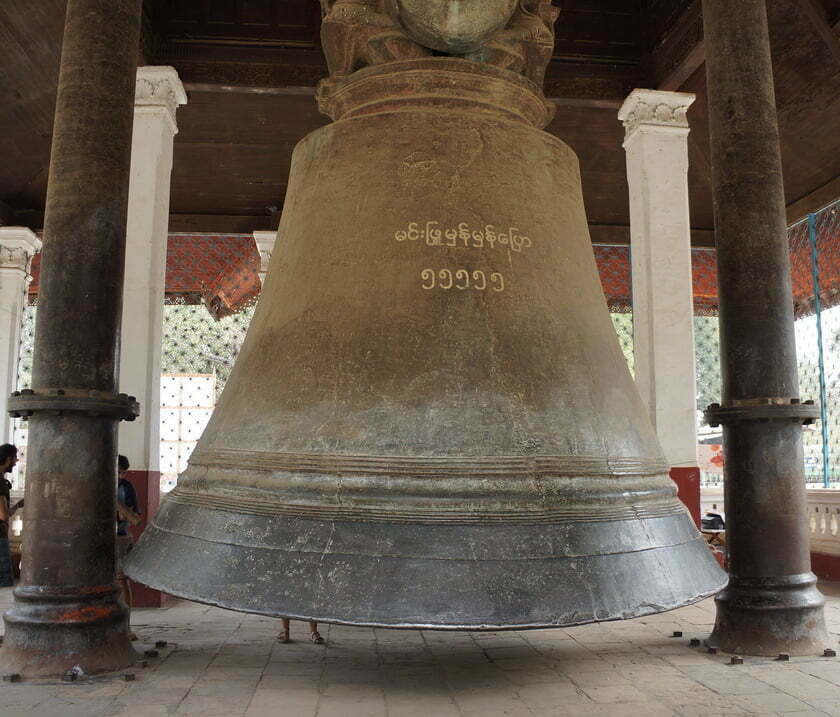 Mingun Pahtodawgyi Pagoda Myanmar
Mingun Pahtodawgyi Pagoda Myanmar
The building of Mingun Pahtodawgyi Pagoda Myanmar was commissioned by King Bodawpaya, the sixth King of the Konbaung dynasty. He was a devout Buddhist and a powerful monarch who expanded his empire through wars and conquests. This colossal structure looks like a giant pile of bricks, it was an unfinished monument or stupa that was supposed to be the largest and most glorious temple in the world.
A stupa is a mound-like structure that contains Buddhist relics, such as the ashes or bones of enlightened monks. Stupas are often built as places of worship and meditation, and they symbolize the Buddha’s enlightenment and teachings.
He chose Mingun as the site for his grand project because it was located on the west bank of the Ayeyarwady River, which he considered sacred. He also set up an observation post on an island off Mingun to personally supervise the construction of the temple.
The construction of the Mingun Pahtodawgyi involved thousands of workers, mostly prisoners of war and slaves from Arakan, a region that Bodawpaya had conquered. The workers had to transport huge blocks of stone and bricks from nearby quarries and kilns to the site, using rafts, carts, and elephants. The stupa was designed to be 150 meters (490 feet) tall, with a base of 450 by 450 meters (1,480 by 1,480 feet). It would have been taller than the Great Pyramid of Giza and visible from miles away.
However, the construction faced many challenges and difficulties. It was very costly and time-consuming, and it drained the resources and manpower of the country. It also faced opposition from the people and the clergy, who saw it as a vanity project that would bring disaster to the nation. According to a popular prophecy, “As soon as the building of the pagoda was over, the country would also be gone”. Another version said that the king would die once the project was completed.
Bodawpaya was superstitious and fearful of these prophecies, so he slowed down the construction to prevent them from coming true. He also built a smaller model pagoda nearby (known as the Pon Daw Pagoda), which was 15 feet tall and showed what the finished stupa would look like.
When Bodawpaya died in 1819, the construction was completely abandoned. By then, the stupa had reached a height of 50 meters (164 feet), one-third of its intended height. It remained unfinished for over two centuries, exposed to the elements and natural disasters. An earthquake in 1839 caused huge cracks to appear on its face, making it look even more ruinous.

Today, the Mingun Pahtodawgyi is still standing as a testament to Bodawpaya’s ambition and folly. It is one of the main attractions in Mingun, along with the Mingun Bell, which was also part of Bodawpaya’s project. The bell weighs over 200 tons and is 12 feet high. It is considered the second-largest ringing bell in the world, after the Bell of Good Luck in China.
The stupa serves more as a curiosity than a religious site. However, there is still a small shrine with a Buddha image inside it, where visitors can pay their respects and make offerings. The stupa also offers a panoramic view of the river and the surrounding landscape from its top.
The Mingun Pahtodawgyi is a remarkable example of human creativity and hubris. It shows how one man’s vision can inspire awe and admiration, but also resentment and resistance. It also shows how nature can shape and transform human-made structures over time. It is a fascinating piece of history that deserves to be seen and appreciated by anyone who visits Myanmar.
If the Pahtodawgyi Pagoda had been completed it would have made claim to be the world’s largest pagoda standing at 152 metres high. Today, one can see the magnificence of what it might have been had it been finished. What stands today is only the bottom third and measures around 70 metres wide and 50 metres high.
The character of King Bodawpaya is reflected in the grand design of this huge monolith, he wanted the biggest and the best. He was a strict Buddhist and believed that he was the Buddha Mettaya (Maitreya) “a future Buddha” or “one yet to come”. He was referred to as The great King of the Dharma. He believed his destiny was to become a Buddha. There was much consternation and alienation among the monks regarding the King’s proclamations.
Time has also not been kind to the Mingun Pahtodawgyi Pagoda monument, it was severely damaged by an earthquake in 1839 and was further damaged in 2012. These earthquakes made it unsafe to enter and has been closed to visitors since.

 Mingun Pahtodawgyi Pagoda Myanmar
Mingun Pahtodawgyi Pagoda Myanmar





